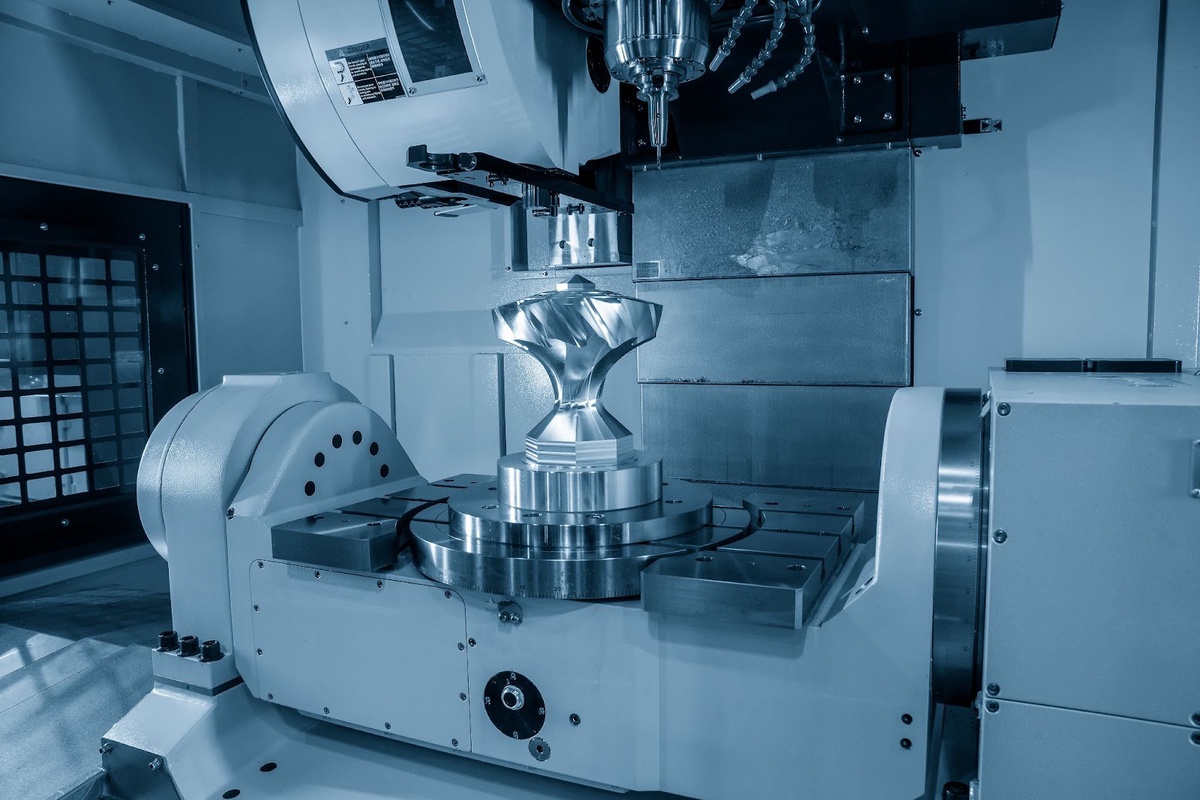In the world of manufacturing, precision and complexity often go hand in hand. Whether it's creating intricate aerospace components, medical implants, or artistic sculptures, the demand for highly detailed and precisely shaped objects is on the rise. This is where 5-axis routers come into play, bridging the gap between design and reality by offering a level of precision and versatility that was once unimaginable. In this article, we'll explore how 5-axis routers work and their significant role in shaping a wide range of creations.
Understanding 5-Axis Routers
To comprehend the significance of 5-axis routers, it's essential to first understand what they are and how they differ from their 3-axis counterparts.
- 3-Axis Routers: Traditional 3-axis routers move in three directions: left/right (X-axis), forward/backward (Y-axis), and up/down (Z-axis). While these machines are highly versatile and capable of producing a wide range of shapes, they have limitations when it comes to complex contours and undercuts.
- 5-Axis Routers: In contrast, 5-axis routers possess two additional axes of movement. In addition to the X, Y, and Z axes, they can tilt the cutting tool from side to side (A-axis) and rotate it from front to back (B-axis). This additional freedom of movement allows 5-axis routers to reach areas that 3-axis routers cannot, making them ideal for intricate and complex designs.
How 5-Axis Routers Work
The operation of 5-axis routers is a marvel of engineering and precision. Here's how they work:
- Enhanced Precision: 5-axis routers can move the cutting tool from multiple angles, enabling them to approach the workpiece from various directions. This results in highly accurate cuts and smoother surface finishes.
- Complex Contours: With 5-axis capability, these routers can create complex 3D shapes with ease. They can cut undercuts, curves, and deep pockets without repositioning the workpiece, reducing production time and errors.
- Reduced Setup: Unlike 3-axis routers, which may require repositioning the workpiece multiple times to access all angles, 5-axis routers can produce a part in a single setup. This minimizes the risk of misalignment and ensures precise results.
- Improved Tool Life: 5-axis routers can maintain a consistent cutting angle, reducing tool wear and extending tool life. This efficiency is especially important in high-volume production environments.
Applications of 5-Axis Routers
The applications of 5-axis routers span across various industries and creative fields:
- Aerospace: 5-axis routers are vital in aerospace manufacturing for creating complex aircraft components, such as turbine blades, airfoils, and fuselage parts. The precision and efficiency of these machines are essential for meeting stringent aerospace standards.
- Medical: In the medical field, 5-axis routers are used to fabricate intricate medical implants, prosthetics, and orthopedic devices. These routers can produce custom, patient-specific components with unparalleled accuracy.
- Automotive: The automotive industry relies on 5-axis routers for producing molds, prototypes, and high-precision parts. From engine components to car body molds, these machines play a crucial role in automotive manufacturing.
- Sculpture and Art: Artists and sculptors use 5-axis routers to transform their creative visions into tangible works of art. These machines can carve sculptures from various materials, including wood, stone, and metal, with remarkable precision.
- Mold and Die Making: 5-axis routers are indispensable in mold and die making for the production of intricate molds used in plastic injection molding and die-casting processes. They allow for faster prototyping and tool development.
- Woodworking: In woodworking, 5-axis routers can craft detailed and intricate designs in wooden panels, furniture, and cabinetry. They offer woodworkers greater creative freedom and precision.
Challenges and Considerations
While 5-axis routers offer unparalleled capabilities, they also come with challenges:
- Programming Complexity: Operating a 5-axis router requires advanced programming skills to create toolpaths and optimize cutting sequences. Skilled operators are essential for maximizing the machine's potential.
- Machine Cost: 5-axis routers are typically more expensive than their 3-axis counterparts, making them a significant investment for businesses. However, their versatility and precision often justify the cost.
- Maintenance: The complexity of 5-axis machines can lead to more frequent maintenance requirements. Regular upkeep is essential to ensure the machine's longevity and reliability.
In conclusion, 5-axis routers have revolutionized the manufacturing and creative industries by bridging the gap between design and reality. These machines offer unparalleled precision, versatility, and efficiency, making them indispensable tools in aerospace, medical, automotive, art, and many other fields. As technology continues to advance, we can expect 5-axis routers to play an even more significant role in shaping the future of manufacturing and design, pushing the boundaries of what's possible in creating intricate and complex creations.


No comments yet